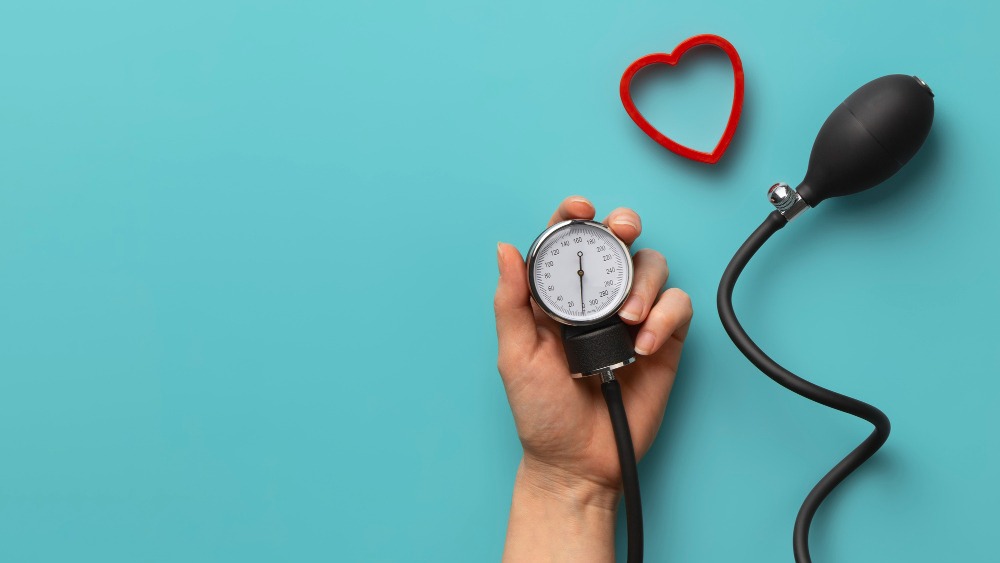Blood pressure is a critical indicator of your overall health, yet many people don’t fully comprehend what it is, how it’s measured, and the potential dangers associated with abnormal blood pressure levels. In this article, we’ll dive into the basics of blood pressure, the methods used for its measurement, and why it’s crucial to be aware of its potential risks.
What is Blood Pressure?
Blood pressure refers to the force exerted by the circulating blood against the walls of your arteries as the heart pumps it throughout the body. It is a critical physiological parameter that ensures oxygen and nutrients are delivered to organs and tissues. Blood pressure is measured in millimeters of mercury (mm Hg) and is typically expressed as two numbers: systolic blood pressure (the higher number) and diastolic blood pressure (the lower number). For example, a blood pressure reading of 120/80 mm Hg indicates a systolic pressure of 120 and a diastolic pressure of 80.
How is Blood Pressure Measured?
Blood pressure is measured using a sphygmomanometer, which consists of an inflatable cuff, a pressure gauge, and a stethoscope. The cuff is wrapped around the upper arm, inflated to temporarily stop blood flow, and then slowly deflated while a healthcare provider listens for the sound of blood flowing through the arteries using the stethoscope. The systolic blood pressure is recorded when the first sound is heard, and the diastolic blood pressure is recorded when the sound disappears. This information can be recorded on a “blood pressure chart” for tracking.
Blood Pressure vs. Heart Rate
Blood pressure and heart rate (pulse) are related but distinct measurements. Blood pressure reflects the force of blood against arterial walls, while heart rate measures the number of times the heart beats per minute. While they can both provide insights into cardiovascular health, they serve different purposes in assessing overall well-being and cardiovascular function.
What Do Blood Pressure Numbers Mean
Blood pressure numbers represent the force of blood in the arteries during two key phases of the cardiac cycle. The systolic blood pressure (the higher number) measures the pressure when the heart contracts and pumps blood into the arteries, while the diastolic blood pressure (the lower number) measures the pressure when the heart is at rest between beats.
Normal Blood Pressure Numbers
Normal blood pressure is generally considered to be around 120/80 mm Hg. However, what is considered normal can vary based on age, sex, and individual health factors. Blood pressure below 120/80 mm Hg is usually desirable for most adults, and it’s crucial to maintain such good blood pressure for optimal health.
High Blood Pressure (Hypertension)
High blood pressure, or hypertension, is a condition where the force of blood against the arterial walls is consistently too high. Hypertension is often categorized into stages, with stage 1 hypertension having readings between 130/80 and 139/89 mm Hg, and stage 2 hypertension having readings of 140/90 mm Hg or higher.
What Causes High Blood Pressure
The exact causes of high blood pressure can be complex and multifactorial. Contributing factors may include genetics, lifestyle choices (such as diet, physical activity, and smoking), obesity, stress, and underlying medical conditions. Recognizing high blood pressure symptoms is crucial for early intervention.
Problems Caused by High Blood Pressure
Untreated high blood pressure can lead to serious health complications, including an increased risk of heart disease, stroke, kidney disease, vision problems, and damage to blood vessels throughout the body. Managing hypertension is crucial to reduce these risks.
Low Blood Pressure
Low blood pressure, or hypotension, occurs when the force of blood against the arterial walls is lower than normal. This condition can lead to inadequate blood flow to vital organs and tissues, resulting in symptoms like dizziness, fainting, fatigue, and blurred vision.
What Causes Low Blood Pressure
Low blood pressure can result from various factors, including dehydration, certain medications, heart problems, endocrine disorders, and other underlying medical conditions. Orthostatic hypotension is a specific type of low blood pressure that occurs when a person stands up from a sitting or lying position.
Problems Caused by Low Blood Pressure
Low blood pressure can cause symptoms such as dizziness, fainting, fatigue, and blurred vision. In severe cases, it can lead to inadequate oxygen delivery to the brain and other vital organs, potentially causing organ damage or failure.
Prevention and Treatment of Blood Pressure Problems
Preventing and treating blood pressure problems often involve lifestyle modifications such as maintaining a healthy diet, regular exercise, limiting alcohol consumption, quitting smoking, managing stress, and taking prescribed medications if necessary. Regular monitoring of blood pressure is essential for early detection and management of any issues. Individuals with hypertension or hypotension should consult with a healthcare provider to develop a personalized treatment plan tailored to their specific needs.


